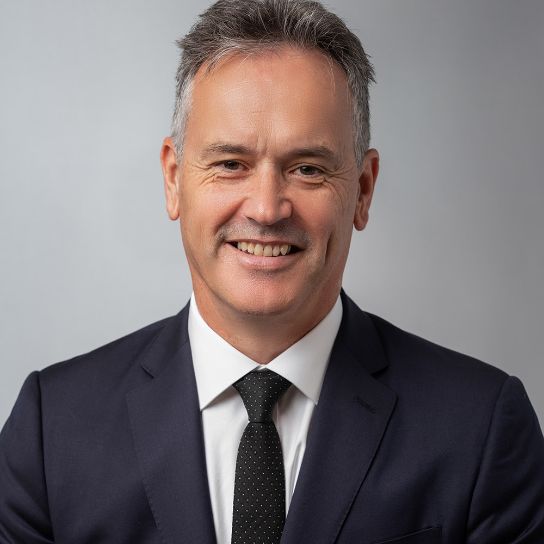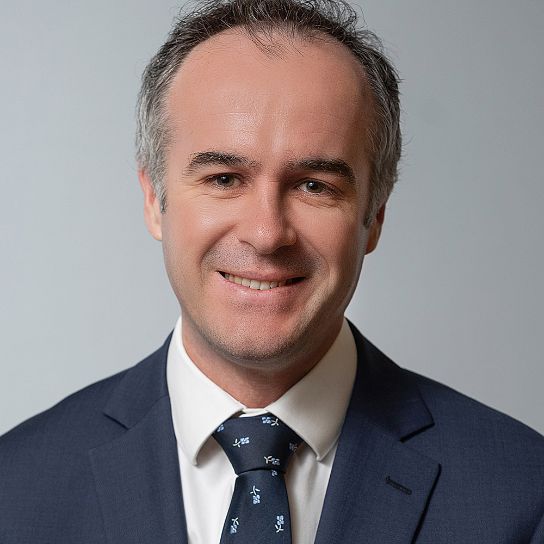In this series of short articles we look at the current trends affecting infrastructure investment in Australia. This article considers trend # 4 – asset recycling is quickening pace.
Asset Recycling
“Privatisation” is often a dirty word in Australian politics, as evidenced by the State elections in Queensland in 2015 and Western Australian in 2017. In both cases governments with strong majorities were swept from power by opposition parties with anti-privatisation policies.
However, privatisation has continued in NSW and Victoria. Earlier efforts regarding privatisation of the NSW electricity retail and generation businesses were highly controversial, and initially had to be undertaken without enabling legislation. The NSW Government then cleverly messaged its privatisation transactions as “asset recycling” initiatives, taking much of the heat out of the subsequent sale processes for the NSW ports and electricity networks.
The key difference from conventional privatisation programmes is that under asset recycling the Government commits to use the proceeds of asset sales to fund additional infrastructure asset development rather than paying down debt or simply funnelling the proceeds into the Government’s consolidated funds.
The asset recycling model now appears to be evolving to a model where Governments are using public capital to “seed” greenfield infrastructure project development, by initiating and funding development to a stage where they can introduce private sector capital.
When an interest in the asset/project is sold down to the private sector, the Government can take its capital and (in the case of a partial sell-down) fund any remaining capital commitments or seed a further infrastructure asset development. From a Government perspective this represents an effective use of capital to initialise multiple infrastructure projects – and the quicker the pace of asset recycling, the more effective the use of the Government’s capital.
The balancing act for Government is where in the development cycle of a greenfield project it should introduce private sector capital. This is inevitably a trade off – the more a project is de-risked and can provide a stable revenue stream, the better the price likely to be paid to the Government.
We expect to see Governments introducing private sector investment at a much earlier stage in greenfield infrastructure projects (at least those not subject to PPP structures). In a climate where there are scarce brownfield opportunities for investors to deploy capital, and a greater willingness for infrastructure investors to accept construction risks, we expect that infrastructure investors will welcome this model.
The WestConnex Transaction
The WestConnex toll road transaction in NSW is an example of the evolving model. The NSW Government (with the assistance of Federal grant and concessional loan funding) has commenced the development of the $16 billion WestConnex toll road – the missing link for Sydney’s existing roads network. WestConnex comprises 3 stages:
- the widening of the existing M4 motorway by building an additional lane in each direction for approximately 7.5kms (Stage 1). The M4 widening has been completed;
- extending the M4 motorway (the M4 East) via tunnels from Homebush to Haberfield (via Concord) and connection to the M4-M5 link and development of a new M5 from King Georges Road to St Peters by developing additional twin 9km tunnels and connection to the M4-M5 link (Stage 2). The M4 East is scheduled for completion by mid-2019 and the new M5 is scheduled for completion in early 2020; and
- creating a M4-M5 link between the end of the M4 at Haberfield and the new M5 at St Peters. It also provides for the development of a Rozelle interchange and for a future connection to the Western Harbour and Beaches Link (Stage 3). Construction for Stage 3 will not commence until 2019 and is scheduled for completion in 2023.
The NSW Government now proposes to sell a 51% interest in WestConnex in late 2017, well before the completion of construction of Stages 2 and 3, before development approval for Stage 3 has been obtained, and before the traffic volumes on the toll road have been proven.
In our top 10 trends in infrastructure we noted how infrastructure investors are willing (or are perhaps resigned) to move up the risk curve and look at greenfield and development infrastructure. Many investors are also increasing their risk appetites (and return expectations). Aspects of early asset recycling could become a model for future Government initiated infrastructure projects (where an availability- based PPP structure is not considered appropriate).
However, asset recycling at an early stage is still only possible where:
- the private sector accept some level of development and construction risk, and is willing to accept other risks such as traffic volumes (or appropriate purchase price arrangements are adopted); and
- Governments provide some protections around development approval risk and share traffic volume and construction risks (beyond a simple retained interest).
Legal Notice
The contents of this publication are for reference purposes only and may not be current as at the date of accessing this publication. They do not constitute legal advice and should not be relied upon as such. Specific legal advice about your specific circumstances should always be sought separately before taking any action based on this publication.
© Herbert Smith Freehills 2024


